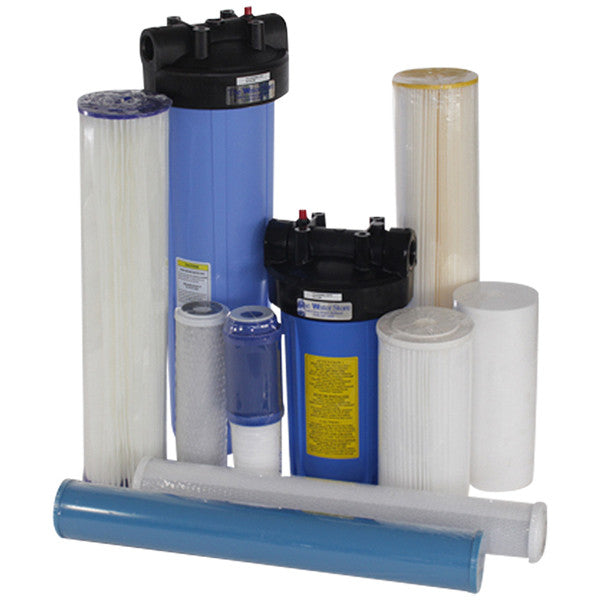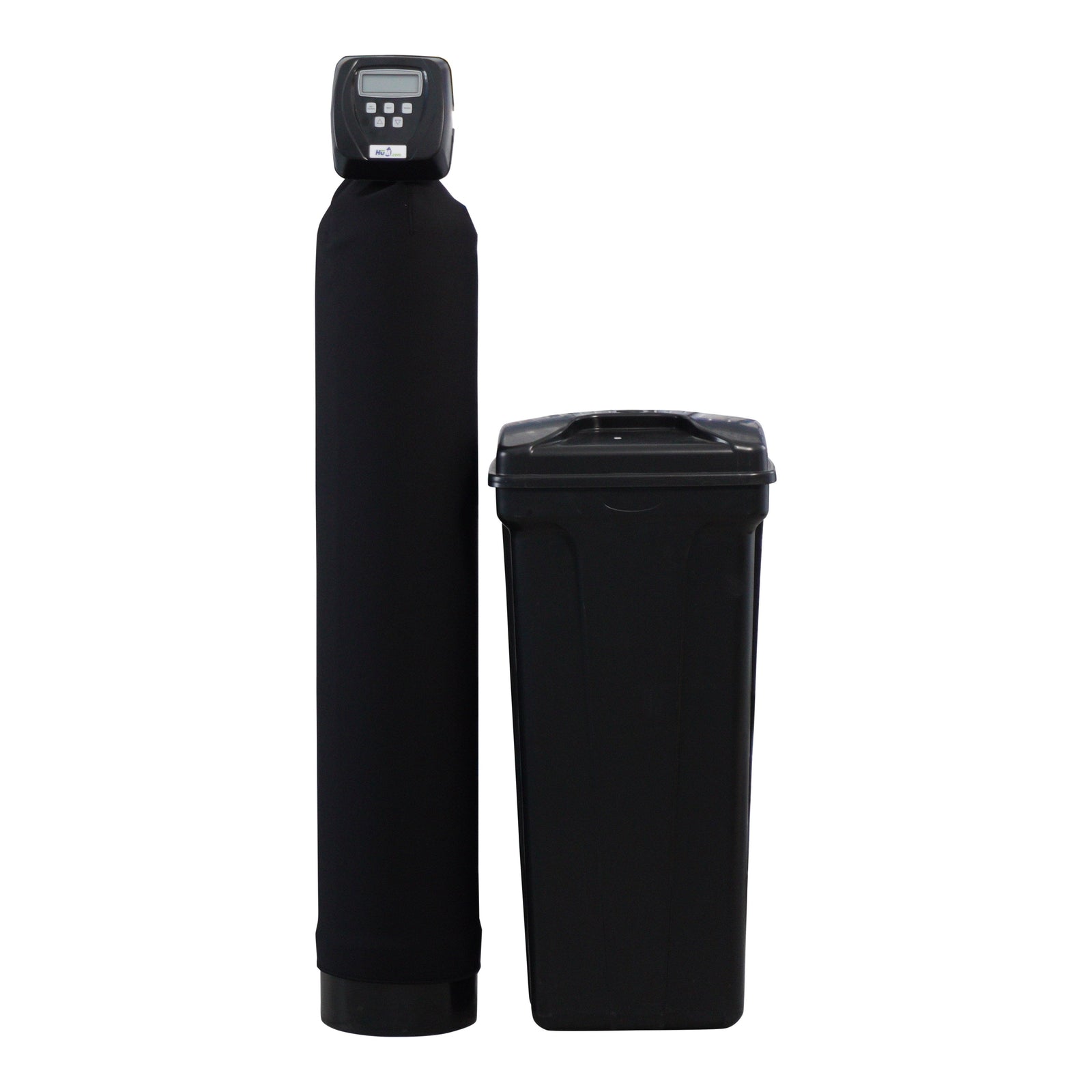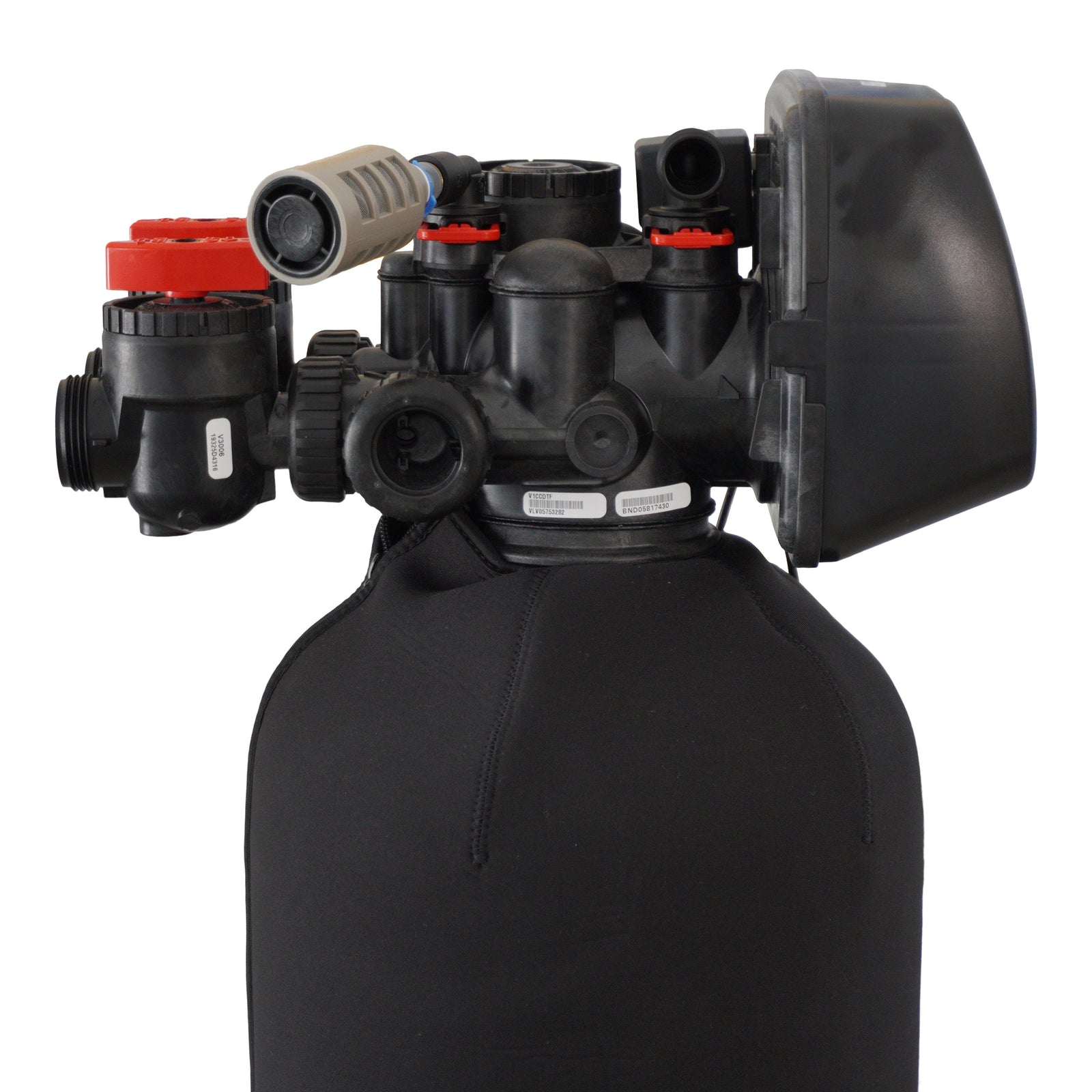
Selecting a sediment filter is not as easy a task as it may first seem. There are several different sizes and densities but they all look the same. Choose one that is too small and you could be restricting your water flow and will require replacement often, choose one that is too large and you will be overpaying initially but also every time you replace that filter element. If the filter is too coarse, it will not remove enough sediment to keep your Ultra Violet disinfections system working and you will still have too much sediment getting through the filter. Choose a filter that is too dense or fine and you will be changing it too often.
Filters are rated by their ability to remove sediment down to a particular size of microns. A micron is one millionth of a meter. So what does that really mean? For example a human hair is 45 microns in diameter or a red blood cell is 5 microns.
So the first step is to think about when selecting a sediment filter is what purpose is this sediment filter is serving. If it is a pre filter for an Ultra Violet light it will need to filter down to a very fine 5 microns. If you are just thinking about removing some of the particles in your water because they are clogging the screens going to your washing machine or bathroom faucets, a coarser 20 microns would be fine. A great solution to get the benefits of both filters is to go with a dual gradient filter like a 50 to 5 which is a very coarse 50 microns on the outside but a much finer 5 microns on the inside.
The next step is to think about how much water is passing through this filter. If this is serving your whole house or cottage but you just have one bathroom and only a couple of people use this water, a 10" slim line would be fine. If you have a couple of bathrooms and you have a drilled well giving you 6-10 gallons per minute of flow rate, a 10" Big Blue filter would be a much better choice. If you have a large home with four or more bathrooms with 5 or more people living there or 1" plumbing, a 20" Big Blue will be a better choice to maximize the time between filter changes and maximize the flow through the filter.
Another thing to consider is pleated vs polypropylene sediment filters. Generally speaking the pleated ones can be somewhat reused when they are clogged by washing them out you will get some filter life back while with the Polypropylene filters, once they are clogged rinsing them out will not restore any performance whatsoever. Usually the pleated ones are more money than the polypropylene.








